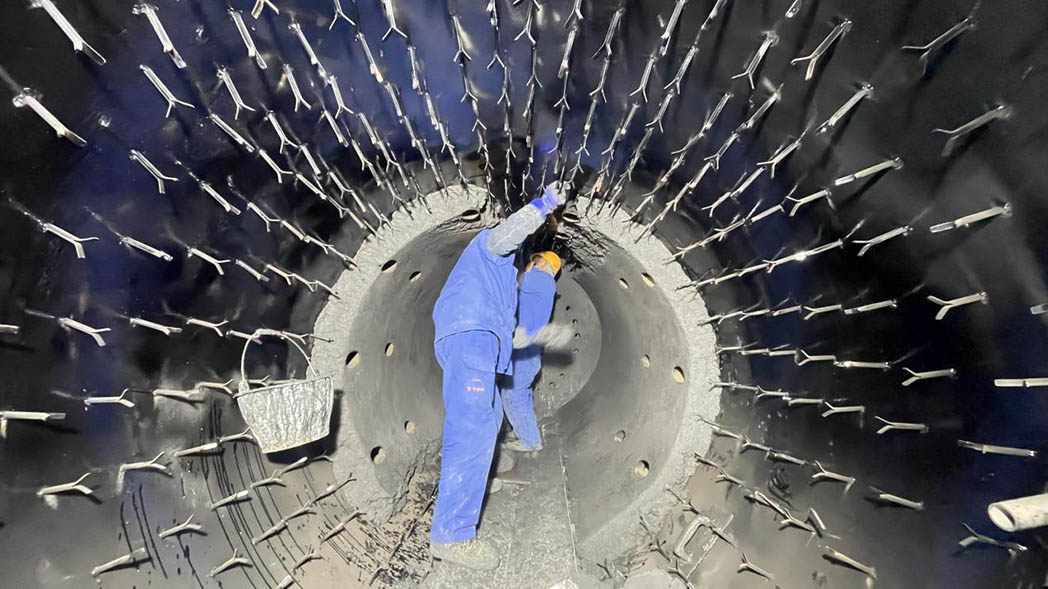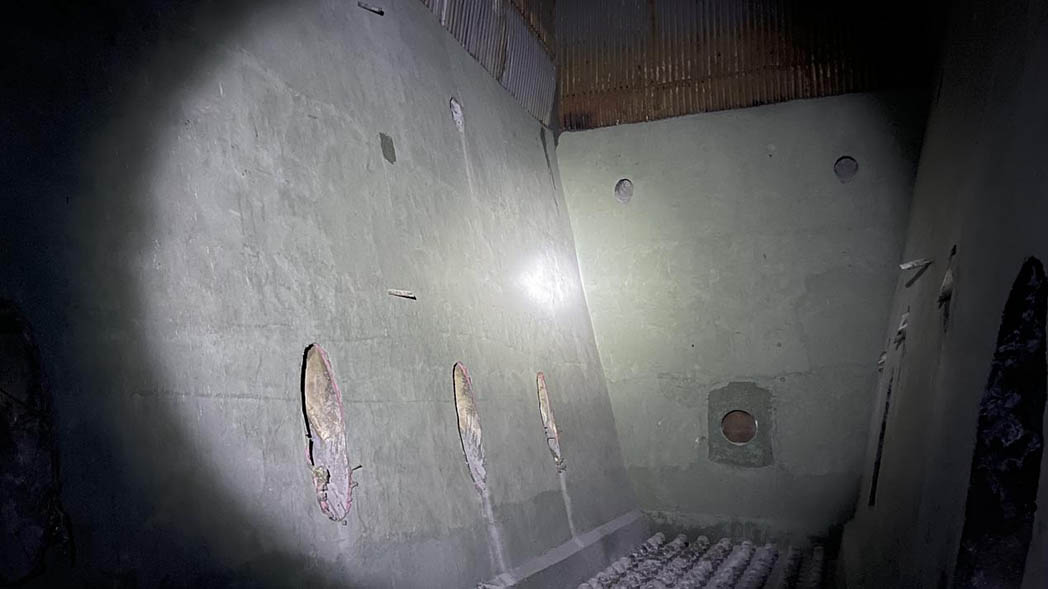At present, there is no detailed national standard for the construction of refractory castables, but there are clear inspection and detection standards for various refractory materials in the national standard GB/T for refractory materials. You can refer to these standards to measure the construction of castables. Let's talk about them briefly.
Many castables can be inspected and tested according to the current national standard Test Method for Thermal Expansion of Refractory Materials (GB/T7320). The refractory castables lining shall be poured in accordance with the following provisions:
1. The construction site shall be cleaned first.
2. When the refractory castables contact with refractory bricks or thermal insulation products, anti water absorption measures shall be taken to isolate them. During construction, foam boards and plastic cloth can be used to isolate them, and they can be removed after construction.

The castable manufacturer reminds you that the surface of the formwork used for pouring furnace lining should be smooth, with sufficient stiffness and strength, and the erection and removal of the formwork with simple structure should meet the following requirements:
1. The support shall be firmly installed and removed to facilitate no mortar leakage at the joint. The wooden batten reserved for expansion joint shall be firmly fixed to avoid displacement during vibration.
2. For refractory castables with strong corrosivity or cohesiveness, isolation layer shall be set in the formwork to take anti cohesiveness measures, and the allowable deviation of accurate thickness direction dimension is+2~- 4mm. Formwork shall not be installed on the poured castable when its strength does not reach 1.2MPa.
3. The formwork can be erected horizontally in layers and sections or in blocks at intervals. The height of each formwork erection shall be determined according to the factors such as the ambient temperature pouring speed of the construction site and the setting time of the castables. Generally, it shall not exceed 1.5m.
4. The load-bearing formwork shall be removed when the castable reaches 70% of the strength. The non load-bearing formwork shall be removed when the castable strength can ensure that the furnace lining surface and corners will not be damaged due to demoulding. The hot and hard castables shall be baked to the specified temperature before removal.
5. The gap size, distribution position and structure of expansion joint of integrally cast furnace lining shall comply with the design provisions, and the materials shall be filled according to the design provisions. When the design does not specify the gap size of expansion joint, the average value of expansion joint per meter of furnace lining. The surface expansion line of light refractory castable can be set during pouring or cut after pouring. When the furnace lining thickness is greater than 75mm, the width of the expansion line should be 1~3mm. The depth should be 1/3~1/4 of the furnace lining thickness. The spacing of the expansion line should be 0.8~1m according to the well shape.
6. When the thickness of insulating refractory castable lining is ≤ 50mm, manual coating method can also be used for continuous pouring and manual tamping. After pouring, the lining surface should be flat and dense without polishing.

Thickness of light insulating refractory castable lining δ< 200mm, and the parts with the inclination of the furnace lining surface less than 60 can be poured by hand. When pouring, it shall be evenly distributed and continuously poured. The rubber hammer or wooden hammer shall be used to compact the parts with one hammer and half hammer in plum shape. After compaction, the portable plate vibrator shall be used to vibrate and compact the furnace lining surface. The furnace lining surface shall be flat, dense and free of loose particles.
Post time: Oct-24-2022

